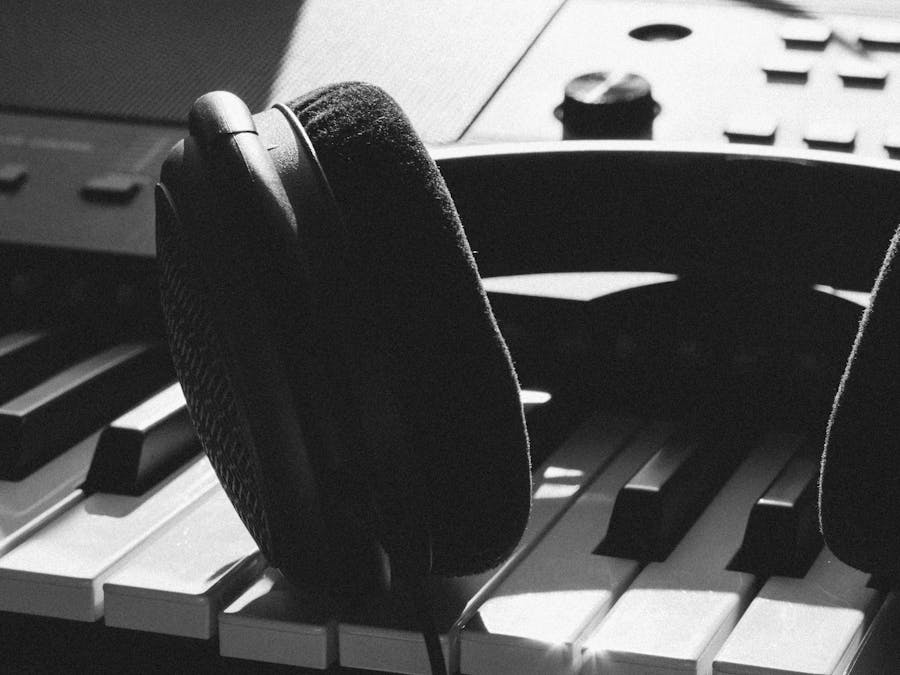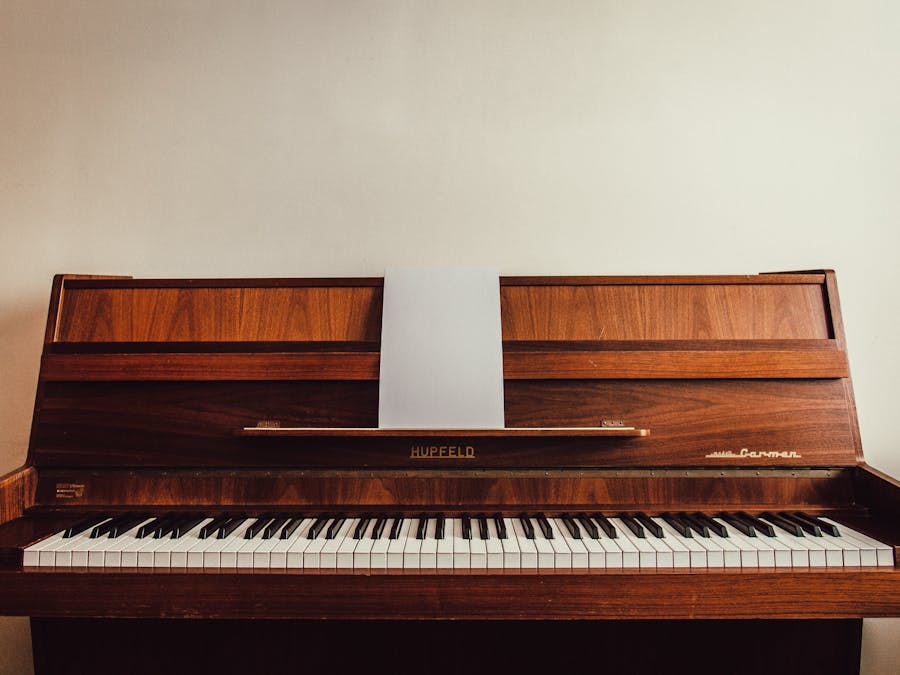 Piano Guidance
Piano Guidance
 Piano Guidance
Piano Guidance

 Photo: cottonbro studio
Photo: cottonbro studio
Pianists use their muscle memory to remember all the notes while playing. When a pianist plays a piece their muscle memory helps them to play the notes without necessarily having to remember every single note.

A piano is an acoustic stringed instrument in which wooden hammers strike the strings to produce melodies. A typical full-sized piano is known to...
Read More »
Moonlight Sonata is not so easy to play, and it holds such depths of emotions that beginners can never replicate. The piece requires a lot of hand...
Read More »Pianists have different ways of memorising and remembering all the notes in piece of music. What is so fascinating about music is that each one of us understands and relates to it differently. In this respect we have many different ways of understanding and learning music. Having said that there are fundamental steps that need to be taken, in order to memorise piano music. Here are 5 important steps: Learn the basic structures used in piano music Identify these structures using the music sheet Start sight reading the piece Learn each major part in the piece separately Learn the musical phrases within the major parts Keep practising and be patient until you gain muscle memory on the notes The first step as mentioned above is to learn the basic structures of a piece of music or this case a piece written for piano. Every piece of music is formed of structures known as the form. Depending on the different genres that a piano piece is written based on, it can be formed of 2 to 3 major parts.

To accomplish this, saturate a soft cloth with mineral oil or glycerin and wrap it around the ivory piece. Allow it to set overnight. In the...
Read More »
Although flute is a better and easier option than a violin to learn, you must follow your passion. You can choose any instrument to play but your...
Read More »
A riff is a repeated chord progression or refrain in music (also known as an ostinato figure in classical music); it is a pattern, or melody, often...
Read More »
The only way to learn the piano without reading music is to learn by ear. It essentially means to learn to play a song by combining a knowledge of...
Read More »The more pieces that you learn in your piano lessons or practise sessions, the more similar structures you discover and thus remembering all the notes will become less complex and demanding.

You only need to clean the inside of a piano every 5-10 years. When it's time to do this, make sure it's done right by contacting a professional (&...
Read More »
Eddie has said in the past that he was inspired to start doing the finger-tapping trick after watching LED ZEPPELIN at the Los Angeles Forum in the...
Read More »
If the piano is older than 40 years old, generally, take a pass on that piano. The exception to this is owner care. If the owner had the piano...
Read More »
The chord progression consists of four basic chords: C major (chord symbol ""C"") G major (chord symbol ""G"") A minor (chord symbol ""Am"") F...
Read More »